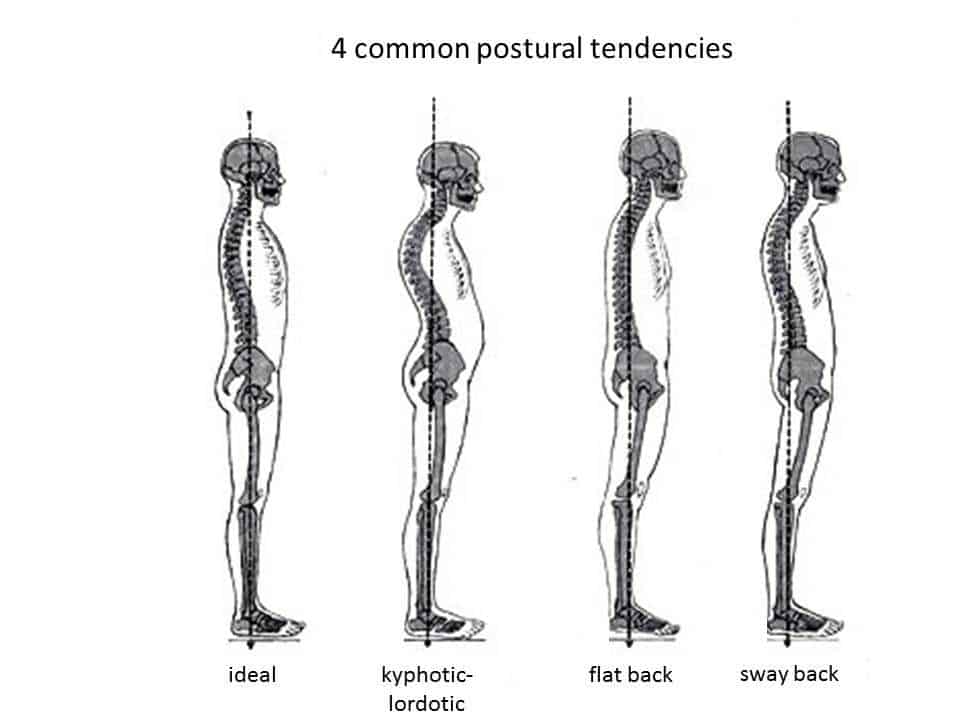
12 Mar POSTURE AND ROTATOR CUFF TEARS
It’s not something you think about all that often but perhaps there was wisdom in your mother tapping you on the back and telling you to “sit up straight”. Many individuals may notice they have decreased shoulder ranges of motion or movement as they age. Either they have pain with movements in certain directions or they have the inability to move their shoulders due to a pinch or ‘block’. Researchers have recently looked at how poor posture in the thoracic spine, or middle of your back, can negatively affect the function of the shoulder joint. Here are the meat and potatoes of the study with my comments and interpretation in Italics:
- Analysis was performed for 379 participants (135 men, 244 women; mean age, 62.0 years; range, 31-94 years) showing the same posture classification from independent observers.
- This means a fairly large group of people’s postures were looked at and asked to be placed into 4 categories. The classification was consistent among the observers, meaning everyone agreed that the individual’s posture was being evaluated correctly.
- 24.5% showed rotator cuff tear in one shoulder and 11.9% showed tears in both.
- This is slightly higher than current estimates of RTC tears being estimated around 20% of the population but still within the ballpark.
- Prevalence of rotator cuff tears was:
- 2.9% with ideal alignment
- 65.8% with kyphotic-lordotic posture
- 54.3% with flat-back posture
- 48.9% with sway-back posture.
- This is really important to pay attention to as pretty much ANY deviation from normal posture can place more strain and stress on a person’s joints. HOWEVER, all three postural abnormalities had an almost 50% or greater prevalence of tears in each population sub-group.
While this study looks at correlation, NOT causation, the prevalence numbers above very clearly illustrate that there’s a connection in aberrant spinal function and shoulder joint health. This most recent study throws another log on the fire in favor of that argument.
SO WHAT DOES IT MEAN FOR YOU?! Well for starters, take a look at your posture. Get a friend or loved one to take a picture of you when you’re not expecting it and see if you fall into one of the categories. If you do, you should start to address some of the postural changes through stretches and exercises. If you aren’t sure which ones to be doing, seek out a local chiropractor or physical therapist who specializes in posture correction and get their professional opinion on what can be done to improve your situation. I always tell people, as long as you’re breathing, you can start making changes to improve your quality of life. Other brand new research shows increased shoulder range of motion with spinal adjustments to the thoracic spine.
